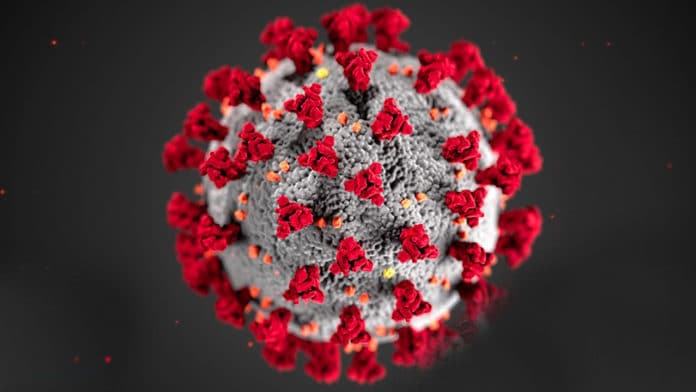Scientists at The University of Texas at Austin, studying the novel coronavirus, now identified how quickly the virus can spread. The study is expected to help public health officials in their efforts at containment.
To measure subsequent interim, scientists take a gander at the time it takes for symptoms to show up in two people with the virus: the person who infects another, and the infected second person.
The average serial interval for the novel coronavirus in China was approximately four days. The speed of an epidemic relies upon two things – how many people each case infects and how long it takes for disease between individuals to spread. The first quantity is called the reproduction number; the second is the serial interval. The short sequential range of COVID-19 means emerging outbreaks will proliferate and could be challenging to stop.
Lauren Ancel Meyers, a professor of integrative biology at UT Austin, said, “The data suggest that this coronavirus may spread like the flu. That means we need to move quickly and aggressively to curb the emerging threat.”
More than 450 infection case reports from 93 cities in China were examined in this study. Scientists found the strongest evidence yet that people without symptoms must be transmitting the virus, known as pre-symptomatic transmission. Almost one out of ten infections were from people who had the virus but did not yet feel sick.
This new evidence could guide public health officials on how to contain the spread of the disease.
Meyers said, “This provides evidence that extensive control measures including isolation, quarantine, school closures, travel restrictions and cancellation of mass gatherings may be warranted. Asymptomatic transmission makes containment more difficult.”
“With hundreds of new cases emerging around the world every day, the data may offer a different picture over time. Infection case reports are based on people’s memories of where they went and whom they had contact with. If health officials move quickly to isolate patients, that may also skew the data.”
“Our findings are corroborated by instances of silent transmission and rising case counts in hundreds of cities worldwide. This tells us that COVID-19 outbreaks can be elusive and require extreme measures.”
Zhanwei Du of The University of Texas at Austin, Lin Wang of the Institut Pasteur in Paris, Xiaoke Xu of Dalian Minzu University, Ye Wu of Beijing Normal University and Benjamin J. Cowling of Hong Kong University also contributed to the research. Lauren Ancel Meyers holds the Denton A. Cooley Centennial Professorship in Zoology at The University of Texas at Austin.
The study is published in the journal Emerging Infectious Diseases.
